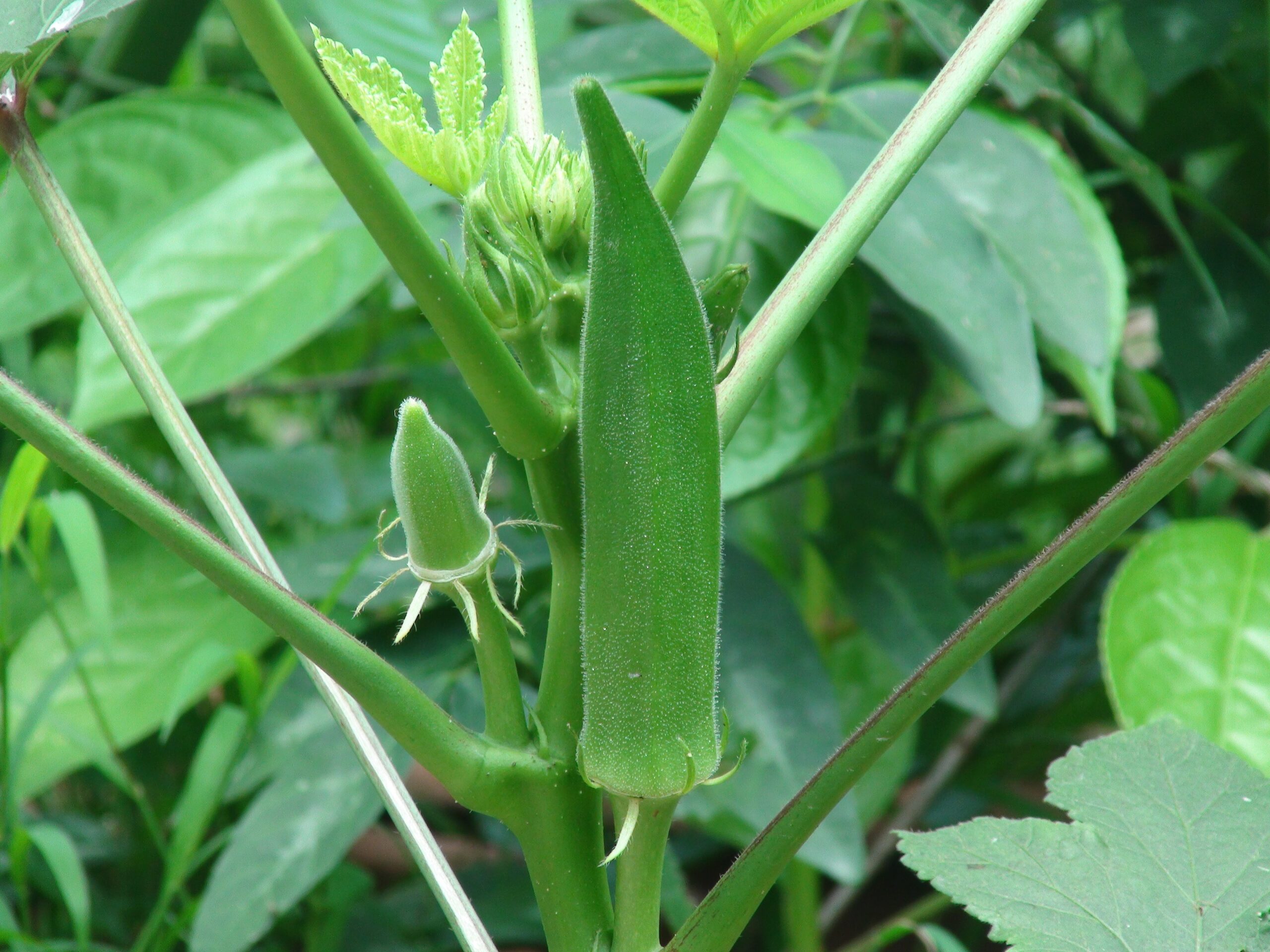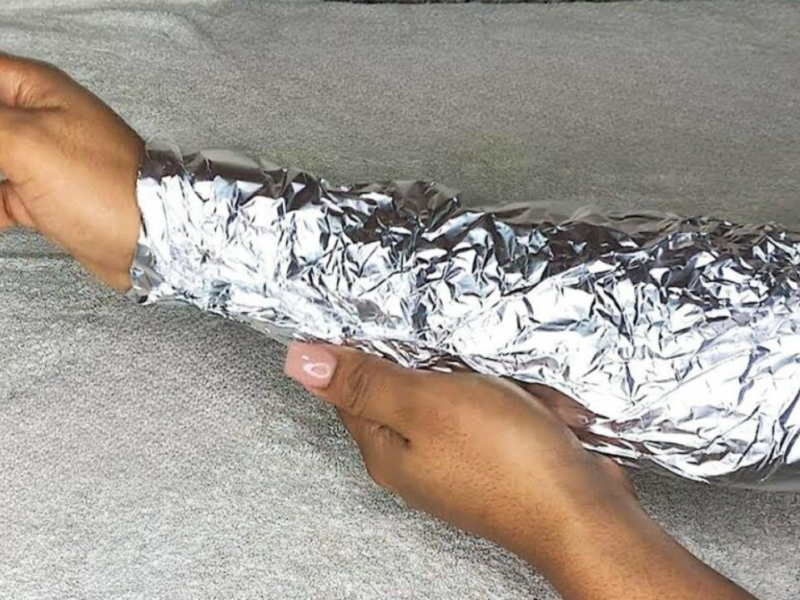If you like Okra, you could try growing it at home. Once you have your own supply of Okra, you can cook as much gumbo as you want, or fried it up in some butter for a fantastic feast, in addition to utilising it to control diabetes. It can also be grilled or pickled.
The advantage of growing Okra is that you not only get to harvest the plant’s fruit (the green pods), but you also get to decorate your home with the decorative leaves. So, how do you cultivate Okra at home? Let’s go over it one by one.
Step One: Drill four holes in the bottom of a five-gallon bucket or other large-mouthed pots. Fill with new potting soil (from a bag, not your outdoor garden).
Step Two: Soak the okra seeds for 12-24 hours in a glass of water before planting them in the container. This will weaken the outer shell slightly, allowing them to germinate more quickly. Plant the Okra in a row about three inches apart and one inch deep. Give the plant lots of water, but don’t drown it; instead, maintain the soil moist throughout germination.
Step three: Use artificial lighting or make sure it gets lots of sunshine. Okra requires 7-8 hours of sunlight per day, which may not be doable on gloomy days, thus you should probably use artificial lighting. Germination might take anything between a week and two weeks. Keep the plant in a room with a temperature of 60 degrees Fahrenheit (F).
Step four: After 17-18 days, raise the temperature to 70-80 degrees Fahrenheit. You should still provide the seedlings with 8 hours of light per day.
Find out more about: Why Do Our Joints And Bones Hurt When The Weather Changes?
Step Five: Alternate between watering the plant and letting it dry out until the next watering. The plant may go for a few weeks without water, but overwatering can be harmful.
Step Six: When the plants are about three inches tall, pluck off the smallest and thinnest seedlings while leaving the healthiest. At this time, you only want one plant in the pot because it may not bear fruit.
Step Seven: Don’t forget to fertilise the plant when it’s between five and six inches tall. When the plant produces fruit, you should fertilise it as well.
Step Eight: Once the plant has grown to a height of six inches, you will need to consider structure and support. Okra plants can grow up to four feet tall indoors and up to six feet tall outdoors.
Step Nine: The plant will bear fruit about two months after you put the seeds. If you don’t pick them promptly, they won’t taste well, and the plant will produce more if you do.
After reading this text you can also read about: What Foods Are Best For The Liver?



